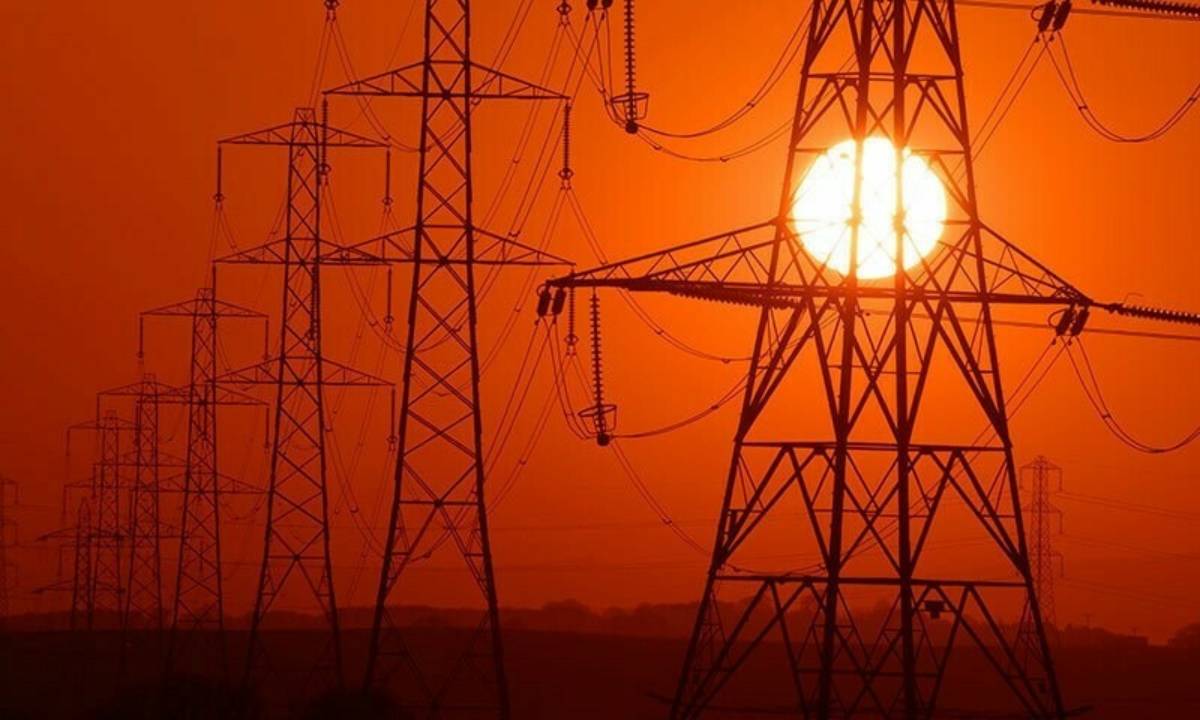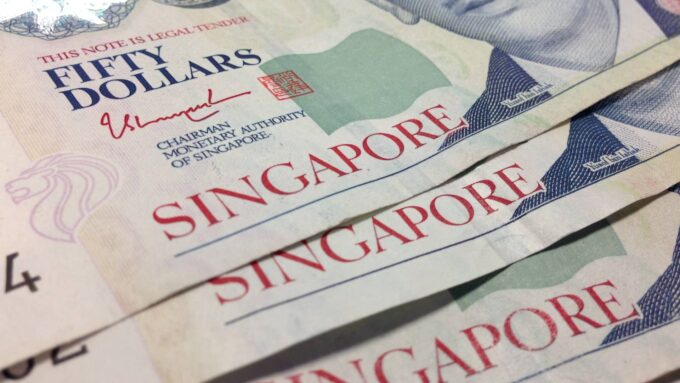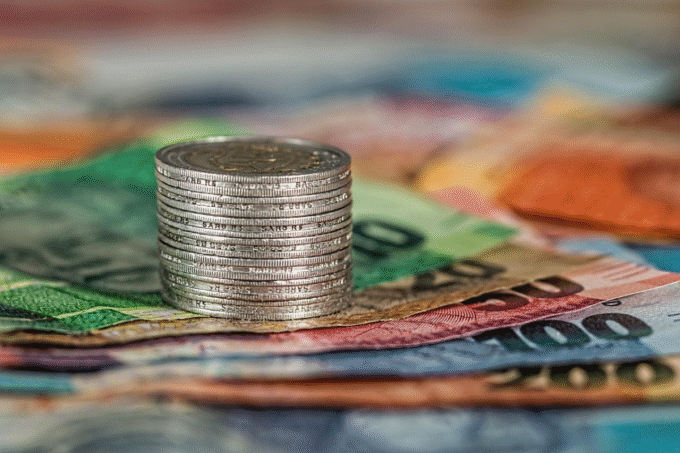Tech moves fast—stay faster.
Tech moves fast—stay faster.
Pakistan Finalizes $4.5 Billion Islamic Finance Deal to Resolve Power Sector Debt Crisis


By Farhan Ali• June 23, 2025
Pakistan has taken a major step toward addressing its energy sector crisis by signing a PKR 1.275 trillion (~$4.5 billion) Islamic finance facility with 18 domestic banks. The term sheets were finalized on June 20, 2025, under a government-led initiative to restructure longstanding circular debt within the power sector.
A Strategic Use of Islamic Finance
The six-year facility, structured under Shariah-compliant financing, avoids traditional interest-bearing debt and adheres to sukuk (Islamic bond) principles. This aligns directly with ongoing IMF reform benchmarks while ensuring liquidity remains within Pakistan’s financial system.
According to Pakistan’s Ministry of Finance:
“This marks one of the largest domestic Islamic finance deals in our history, designed to stabilize power-related liabilities and improve cash flows across the energy value chain.”
(Source: finance.gov.pk)
Why the Power Sector?
Pakistan’s circular debt—caused by unpaid bills between power producers, distributors, and the government—has long paralyzed the energy sector. As of early 2025, the country’s power sector arrears surpassed PKR 2.3 trillion.
This new facility is expected to:
- Clear outstanding obligations to Independent Power Producers (IPPs)
- Prevent further accumulation of liabilities
- Restore creditworthiness in the energy ecosystem
- Satisfy IMF structural reform targets under the current standby arrangement

IMF-Backed Restructuring Strategy
The International Monetary Fund had urged Islamabad to resolve its power sector inefficiencies as a core part of fiscal reforms. The deal enables Pakistan to meet a key IMF benchmark without further expanding its external debt exposure.
Reuters reported that the IMF had previously withheld disbursements due to delays in power sector restructuring. This financing breakthrough is likely to help unlock future tranches.
(Source: reuters.com)
Domestic Banking Sector Steps In
Instead of relying on international lenders, the government tapped local banks including HBL, Meezan Bank, UBL, and Bank Alfalah—creating a domestically anchored solution. The Ministry also noted that the sukuk structure allows for tradability and flexibility in secondary markets, helping absorb risk.
Long-Term Outlook
While the deal addresses short-term liquidity needs, experts caution that structural reforms must continue to ensure long-term viability:
- Reducing line losses
- Enforcing bill collections
- Implementing competitive tariffs
- Limiting government subsidies
Analysts at Moody’s say the move improves Pakistan’s fiscal optics in the near term but will need complementary reforms to sustain macroeconomic progress.

Sources:
- Finance Ministry Pakistan – Official Statement
- Reuters – “Pakistan Finalizes Islamic Finance Loan to Clear Power Sector Debt”
- Yahoo Finance – Pakistan IMF Monitoring Update
- [IMF Pakistan Country Staff Report – 2025]
Explore more
Yiren Digital and Innodata Lead June’s AI Stock Picks as Investor Attention Shifts to Niche Enablers
By Farhan Ali • June 23, 2025 With Big Tech AI stocks...
Singapore Dollar Could Match U.S. Dollar in Our Lifetime, Says Bank of Singapore Economist
By Farhan Ali • June 23, 2025 A major shift may be...
Kenya Expands Bank Transfer Hours with KEPSS Upgrade, Eyes 24/7 Real-Time Settlement
By Farhan Ali • June 23, 2025 Starting July 1, 2025, Kenya’s...
Nigeria’s Borrowing History to Be Linked to NIN in Major Credit Reform Push
By Farhan Ali • June 23, 2025 Nigeria is taking a bold...














Leave a comment